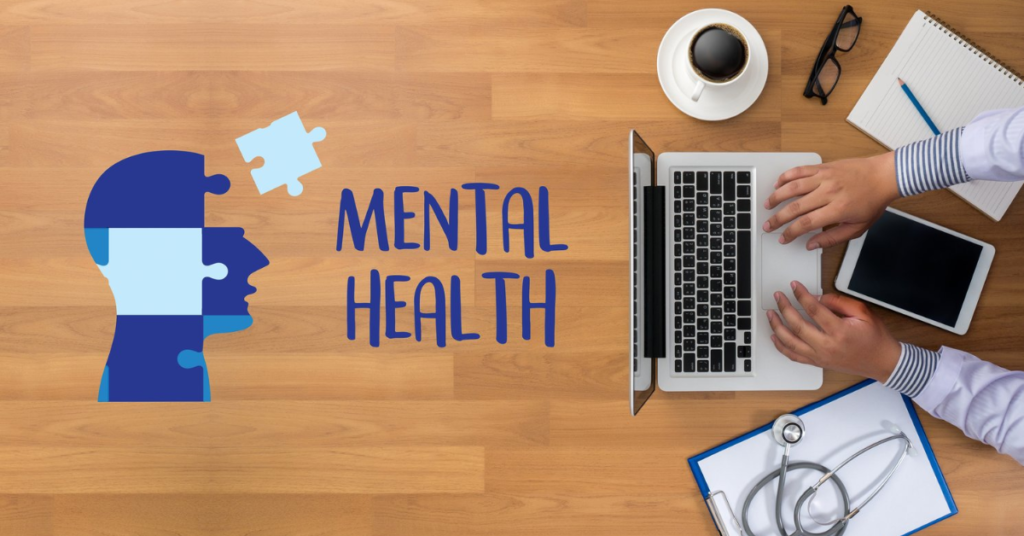In the rapidly evolving educational landscape, the mental health of students has become a pressing concern. Today’s students face a multitude of challenges, including academic pressures, social dynamics, and personal issues, all of which can impact their mental well-being. In recognition of this growing crisis, many educational institutions are implementing student mental health awareness programs. These initiatives aim to educate students, promote understanding, and provide essential resources to support mental health. This article examines the significance of these programs, their essential components, and effective strategies for implementation.

The Importance of Mental Health Awareness in Educational Settings
The Rising Mental Health Crisis Among Students
Recent statistics paint a concerning picture of mental health among students. According to the National Alliance on Mental Illness (NAMI), approximately 20% of adolescents aged 13 to 18 experience a mental health condition. This statistic highlights the urgent need for schools to adopt proactive mental health awareness initiatives to effectively support their students and address this growing crisis.
Consequences of Ignoring Mental Health
Untreated mental health issues can severely impact students’ academic performance and overall well-being. Conditions such as anxiety, depression, and chronic stress can lead to decreased concentration, lower grades, and increased dropout rates. Research indicates that students with unaddressed mental health challenges are at a higher risk of academic failure. This reality underscores the importance of early identification and support through mental health awareness programs.
Key Components of Student Mental Health Awareness Programs
Educational Initiatives
1. Workshops and Informational Sessions
Educational initiatives are fundamental to effective mental health awareness programs. Schools can host workshops and informational sessions that educate students about mental health conditions, their signs, and available coping strategies. Involving mental health professionals in these sessions ensures that students receive accurate, evidence-based information.
2. Peer Support Training
Establishing peer support networks can enhance the mental health framework within schools. By training selected students to recognize signs of distress and offer support, schools foster a culture of empathy and understanding. This peer-driven approach empowers students to help one another while strengthening community ties.
Accessibility of Resources
1. Counseling Services
Access to mental health resources is critical for the success of awareness programs. Educational institutions should ensure that students can easily access counseling services, whether through on-campus mental health professionals or partnerships with local mental health organizations. Effectively promoting these resources is vital for encouraging help-seeking behavior among students.
2. Informational Materials
Providing accessible informational materials, such as brochures, flyers, and digital resources, can enhance mental health awareness. These materials should cover common mental health conditions, coping mechanisms, and details about available support systems, empowering students to take proactive steps toward their mental health.
Reducing Stigma
1. Awareness Campaigns and Events
Organizing mental health awareness campaigns can play a vital role in reducing stigma. Activities such as guest speaker series, mental health fairs, and social media initiatives can create opportunities for open conversations about mental health. Such campaigns encourage students to share their experiences and seek help when needed.
2. Promotion of Inclusive Language
Fostering an environment that promotes inclusive language when discussing mental health can help destigmatize these critical conversations. Schools should actively encourage discussions around mental health, normalizing the idea that seeking help is not only acceptable but essential.
Strategies for Effective Implementation
Collaboration with Mental Health Professionals
Building partnerships with mental health experts is essential for developing effective awareness programs. These professionals can provide guidance on creating educational materials, training staff and students, and ensuring that initiatives are evidence-based. Collaborating with local mental health organizations can further extend the resources available to students.
Integrating Mental Health into the Curriculum
Incorporating mental health education into the academic curriculum can normalize discussions around mental well-being. Subjects such as health education, social studies, and even language arts can include modules that address mental health issues, resilience, and coping strategies. This integration ensures that students receive comprehensive education regarding mental health.
Leveraging Technology for Outreach
In our increasingly digital world, technology can be a powerful tool for mental health awareness initiatives. Schools can utilize online platforms to host virtual workshops, support groups, and informational webinars. Additionally, mental health apps can provide students with tools and resources that promote well-being.
Engaging Parents and Guardians
Involving parents and guardians in mental health awareness initiatives can create a supportive home environment for students. Schools should consider hosting workshops that educate families about recognizing mental health issues and effective communication strategies. By fostering collaboration between home and school, students receive consistent support.
Evaluating the Effectiveness of Mental Health Awareness Programs
Gathering Feedback and Conducting Surveys
Regularly collecting feedback from students and staff is essential for evaluating the effectiveness of mental health awareness programs. Surveys can help assess the impact of initiatives, identify areas for improvement, and determine the overall awareness and utilization of mental health resources.
Monitoring Academic Performance Trends
Tracking academic performance and mental health indicators before and after implementing awareness programs can provide valuable insights into their effectiveness. Improved grades, decreased absenteeism, and increased participation in mental health resources can all signal the success of these initiatives.
Highlighting Success Stories
Sharing success stories and case studies can inspire continued investment in mental health awareness programs. By showcasing testimonials from students who have benefited from these initiatives, schools can motivate others to engage in conversations about mental health and seek assistance when necessary.
Conclusion
The implementation of student mental health awareness programs is crucial for fostering a healthy educational environment. By prioritizing education, reducing stigma, and providing accessible resources, educational institutions can effectively support students’ mental health and academic success. Through collaboration, innovative strategies, and continuous evaluation, schools can make significant progress in addressing the mental health crisis among students.
Call to Action
It is essential for educators, administrators, and community members to advocate for and implement effective mental health awareness programs. By recognizing the importance of mental health in students’ lives, we can create an environment that prioritizes well-being and encourages open dialogue. Together, let us take action to ensure a supportive and healthy future for all students.
